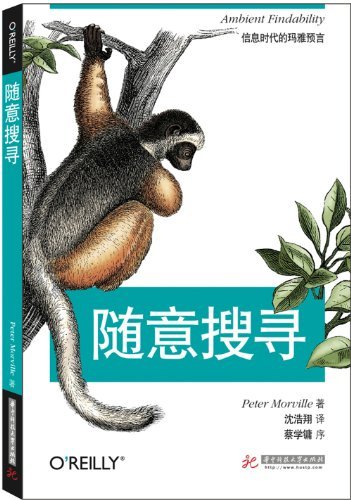What do you think?
Rate this book


Paperback
First published January 1, 2005
I don't really know who this book is written for. The engaged professional will not read anything new and it is too wildly disparate and biased (but not nearly opinionated enough) to serve as an introductory text.